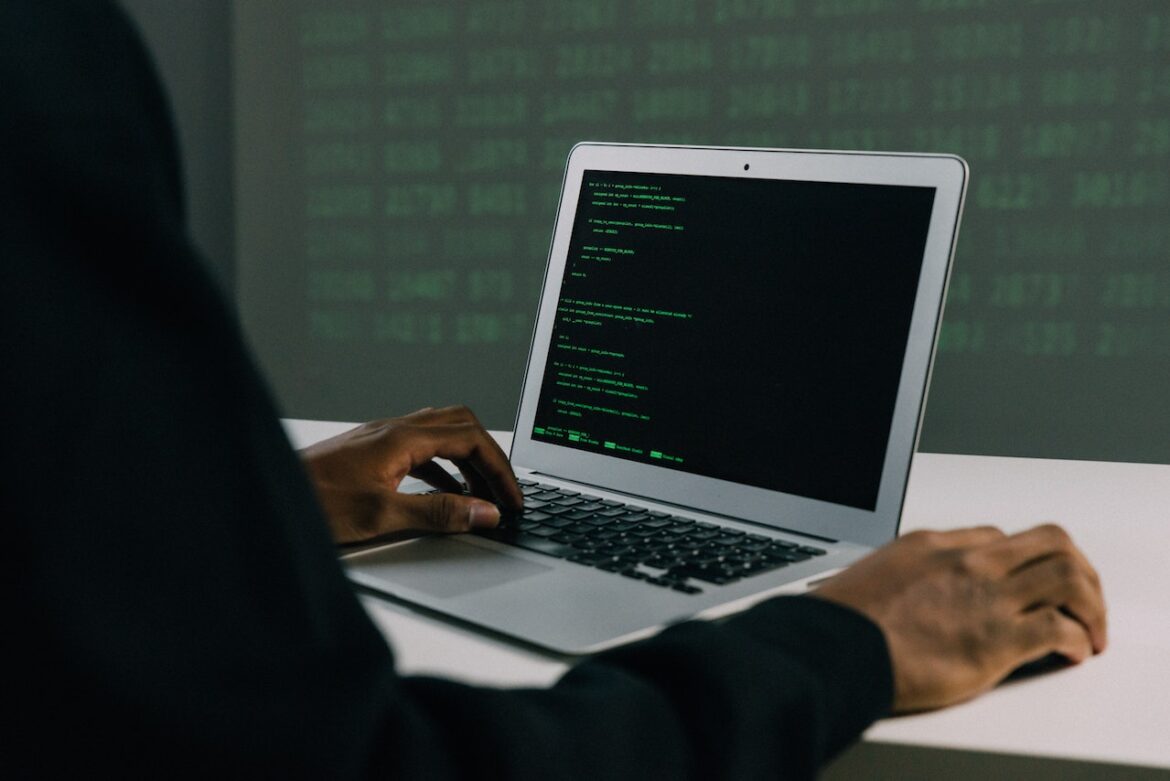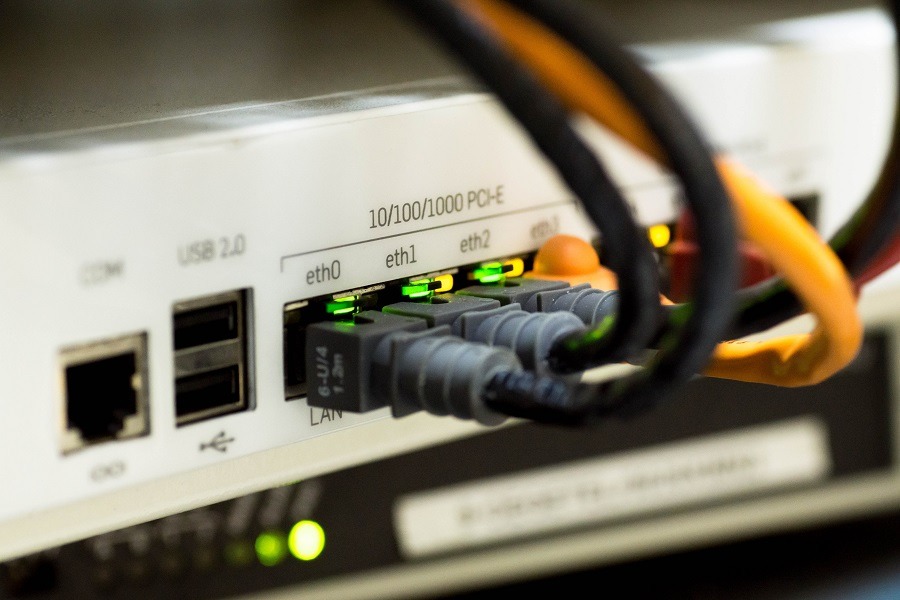Understanding physical penetration testing and how to take advantage of it requires:
- Knowing what physical pen tests are and the overall approach they take
- Appreciating how an actual physical penetration test works in practice
- Scoping best practices into a physical or hybrid pen testing program
- Comparing physical pen tests against other forms of penetration testing











